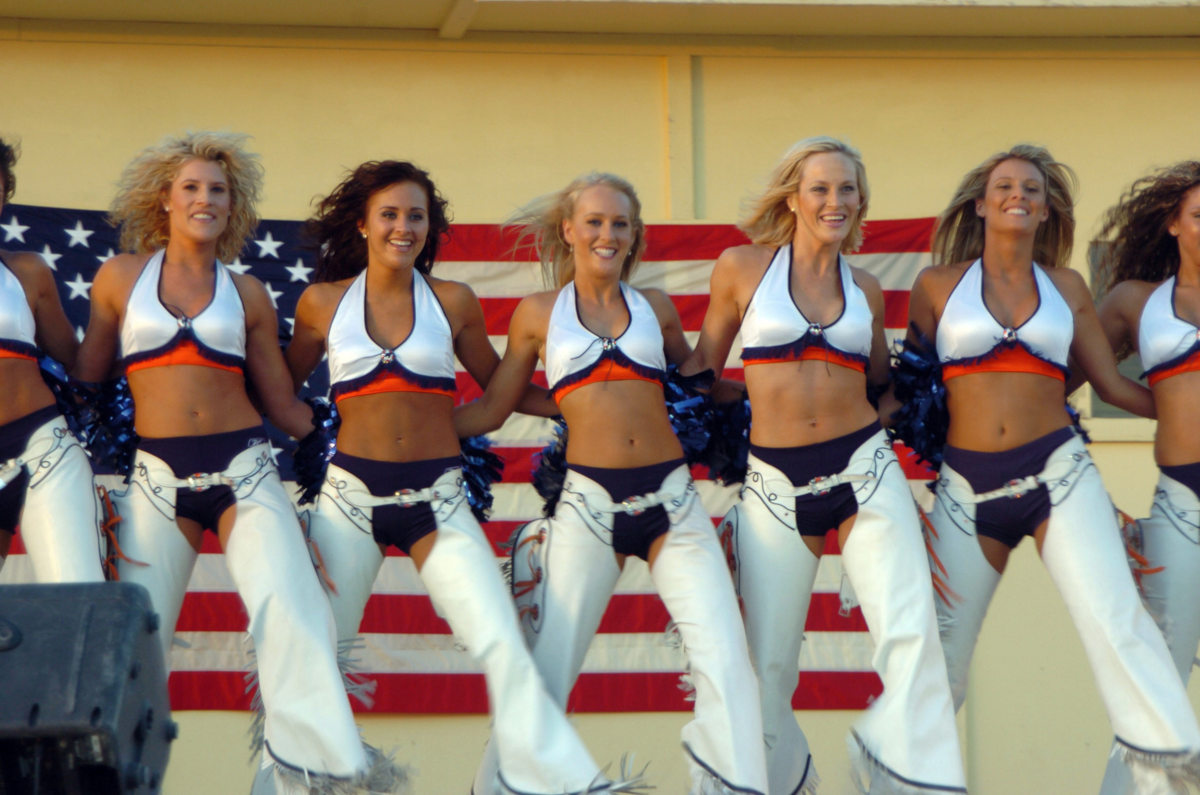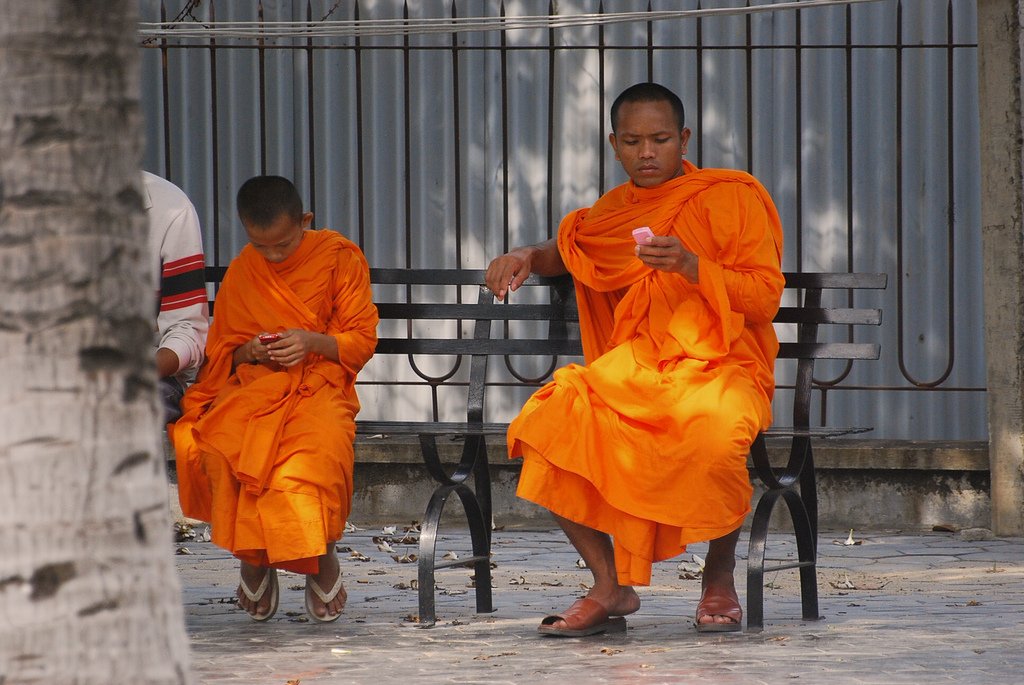“When I won the world championship, in 1972, the United States had an image of, you know, a football country, a baseball country, but nobody thought of it as an intellectual country.” —Bobby Fischer
Well Bobby, I guess the more things change the more they remain the same.
Speaking of football, my family was recently watching the annual Ohio State vs. Michigan football game that would determine who would go to the Rose Bowl and who would get a bid to the national championship, four-team play-off series—the Super Bowl of college football.
As avid Michigan fans, we were cheering wildly at every successful play and hissing the mistakes that 18-year-olds on a big stage inevitably make.
The TV screen commanded the attention of every adult in the room. Ezra, my 7 year-old grandson, whispered in his mother’s ear, “Am I expected to be excited by this?”
Out of the mouths of babes come the most provocative questions. Maybe we should pause and reflect on this one.
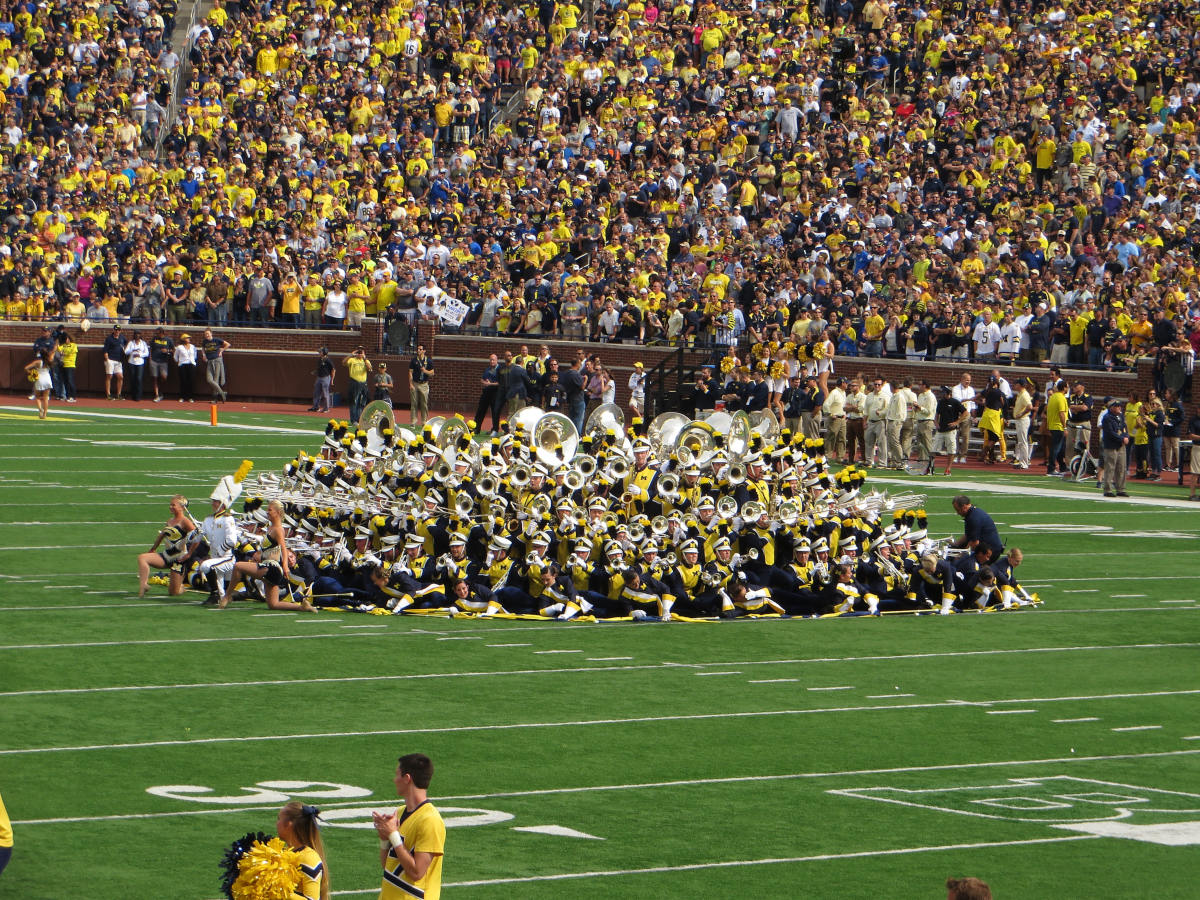
Look, I grew up loving football.
My next door neighbor was a legendary football coach who not only inspired talented kids to be their best, but also nurtured the marginalized kids without the talent to make the team.
The kids who had the privilege to be coached by this gifted, and generous giant benefited immensely by being on his teams. I opted to run cross country instead of play football because I was 5 foot 2 and 110 pounds as a freshman, and I happened to be a good runner. I was also a bit of a coward. I never relished the idea of getting demolished by a 300-pound lineman—or even a 150-pound linebacker for that matter.
Still, I have been a football fan for life. I attended all the high school games, rooted for my friends, and screamed support with the rest of the town locals. In college, I watched my Western Michigan Broncos get creamed most weeks. My Dad, my two brothers and I were devoted Lions fans and watched the games every Sunday.
I remember my mother being irritated when she prepared a wonderful dinner and the four of us kept sneaking glances at the TV playing in the background to make sure we didn’t miss any crucial moments.
I even encouraged my younger daughter to go to Michigan because of its stellar reputation in academics, arts, and athletics. She went to one Michigan game and said, “What’s that all about???!!” She never attended another game and transferred the next year to Carnegie Mellon where sports didn’t dominate the scene. Being a born and bred Michigander, though, I still root for the Wolverines every Saturday even though I never attended. My daughter’s one year there gives me a weak excuse to explain my manic madness for Michigan football.
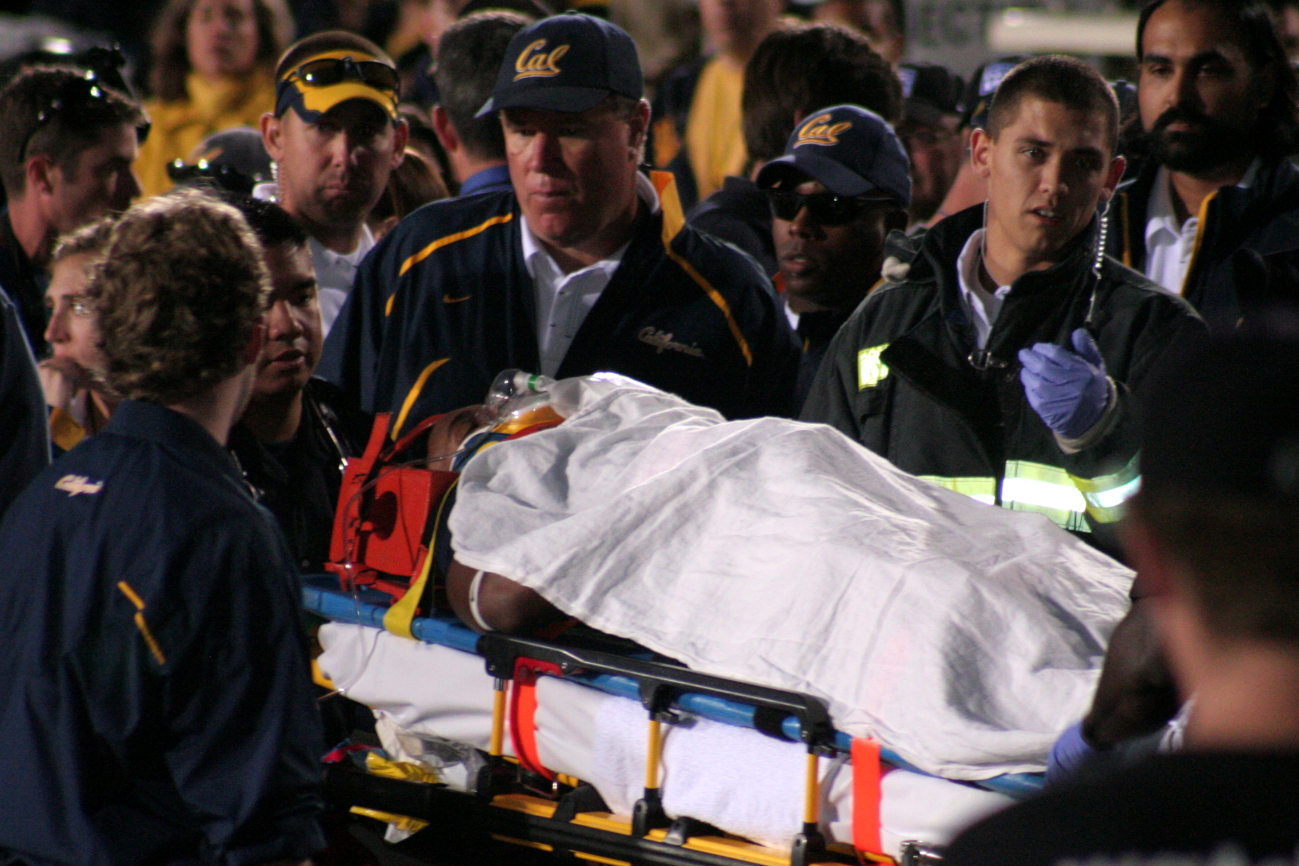
But my grandson, in his innocent and infinite wisdom, made me think about what I was madly cheering.
Some research revealed some stunning facts:
- College football coaches are the highest paid public employee in many states. Nick Saban, the Alabama coach makes $8.3 million per year. Right behind are Ohio State’s Uban Meyer at $7.6 million and Michigan’s Jim Harbaugh at $7.5 million. And bonuses are added for good performance.
- College football generates $3.5 billion per year in revenue, but players don’t earn a dime. There is a suspicious smell of “plantation” in football with the white folks in charge and the black folks doing all the labor. Black students constitute only 2.8% of full-time college undergraduates in NCAA Division I sports, but 57% of college football teams, on average, are black. At some universities its over 70%. On the other hand, most college football coaches are white (e.g. Sabin, Meyer, and Harbaugh), while only 11 of the 128 Division I coaches are black.
- According to a study published in March, 2016, by the University of Pennsylvania’s Center for the Study of Race and Equity in Education, just over half of black male athletes at the 65 wealthiest athletics programs graduate within six years, compared to 68 percent of athletes overall and 75 percent of undergraduates over all.
- Only one in 50 college football seniors are drafted by an NFL team, according to the National Collegiate Athletic Association (NCAA). That means that just nine in 10,000, or .09 percent, of high school senior football players are eventually drafted by an NFL team. Teams can draft almost anyone they want. Lots of kids make a bad career bet by putting all their energy into sports with a low probability of making pro.
- And to top it off, according to the Department of Veterans Affairs and Boston University, where researchers studied the brains of 165 people who played football at the high school, college, or professional level, 79% of the 131 studied had evidence of CTE (chronic traumatic encephalopathy). Of the brains studied, 91 of them belonged to former NFL players, and 87 of those 91 (96 percent) had signs of CTE.

So, under the harshest light, one could reasonably say that football is a sport in which white people get rich exploiting and abusing black people, while the fans cheer wildly from the stands or wastefully in front of their screens.
And I am guilty as charged!!
Oh Ezra, why did you make me think about the culture of football in which I am complicit? I will probably continue to watch selective games, but now I will feel guilty about it and will cheer a little less exuberantly.
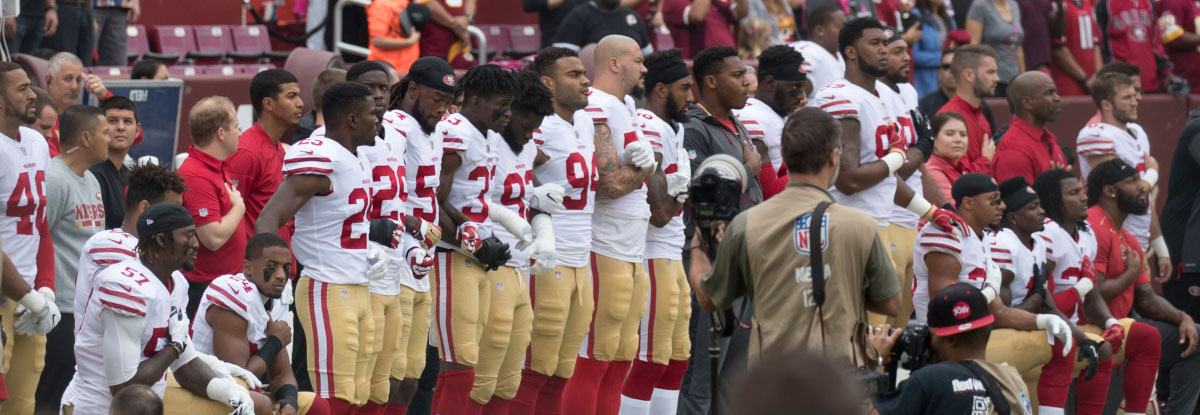
This example, of course, led me to reflect upon other cultures in which I am complicit and how, in general, culture can numb and blind us to what’s really going on.
Not surprisingly, this question drew me immediately to the Trump Tribe.
About 40% of Americans still root wildly for him and support him in spite of the Mattis thing, the Powell thing, the Syria thing, the Manafort thing, the Tillerson thing, the Sessions thing, the Kushner thing, the Roger Stone thing, the Putin thing, the Crown Prince thing, the Donald Trump Jr. thing, the climate accord thing, the world trade thing, the China tariff thing, the Mexico border thing, the Russian business interest thing, the Emoluments Clause thing, the hack of the DNC thing, the National Park drilling thing, the Comey firing thing, the tax return thing, the Ukraine thing, the Charlottesville thing, the fake news thing, the Michael Cohen hush money thing, the loyalty oath thing, the criminal justice thing, the daily lying and tweeting thing, the Puerto Rico thing, or the racist things.
Similar to the football culture, Trump fans must not see or not be willing to look beneath the television drama.
They must believe, like us avid football fans, that there is probably nothing nefarious going on, i.e. this all must be normal—just a bunch of separate dots with no connection whatsoever.
As long as they are winning on their pet projects (gun control, voter suppression, abortion, judicial appointments , tax cuts, relaxed regulations etc.), they are perfectly willing to accept the denigration of “normal.”
I may not suffer CET from multiple hits by massive linemen, but it seems to me the American public is suffering from cumulative brain trauma by the continuous assaults on our civic, moral, institutional and cultural norms.
As a “Culture Doctor” I have worked with hundreds of organizations over the course of my career.
Most of the organizations I worked with were eager to define their operating principles, guiding values, and desired norms. But they were often not so willing to conduct yearly audits on how well they were actually doing on those principles, values, and norms.
Many of the leaders in these organizations assumed their employees would cheer wildly for revenue gains, profit margins, and market share. Many employees wondered, “Am I expected to be excited about this?”
Many leaders were also not particularly open to hear how things really work on a day-to-day basis behind the glory of competitive, marketplace victories. If profits were up, it didn’t really matter that employees had to work an extra 10 hours a week, skip holidays, and sacrifice their health to make that happen.
Great leaders mobilize people behind an inspiring vision and a meaningful purpose beyond profits and market share.
And they are also willing to acknowledge the negative norms that sometimes creep insidiously into the culture. They are not willfully ignorant about the realities of employees’ day-to-day lives. Cherished norms need to be treasured not trashed.
Unfortunately, what’s clear from the research is that people who have strong beliefs about their religion, politics, organizations, or teams do not want to hear about facts that may undermine their strongly held beliefs.
In fact, strong believers are more likely to double down on their beliefs instead of open up to evidence when their beliefs are challenged by contradictory evidence.
I’m wondering how many cultures in which we live and work are like the football teams we cheer, the political parties we finance, or the organizations in which we work. I wonder how open each of us is to evidence that may cause us to question what we are supporting and celebrating.
I worry that we refuse to notice how the norms we say we hold dear are being demolished as we cheer for the victories of our favorite teams.
May we look behind the human glory and find the humane grace of decency, civility, fairness, and justice in our respective cultures.
Thank you Ezra for making me think about my own blindness. I hope you will find something other than football to get excited about, and I hope you find an inspiring vision and meaningful purpose that allow you to cheer wildly for victories big and small—guilt-free. Keep asking your questions and help America become an intellectual country at last.
Also published on Medium.
![Hughey Gold [child with football]](https://rickbellingham.com/wp-content/uploads/2018/12/hugheygold.jpg)
